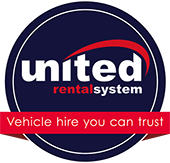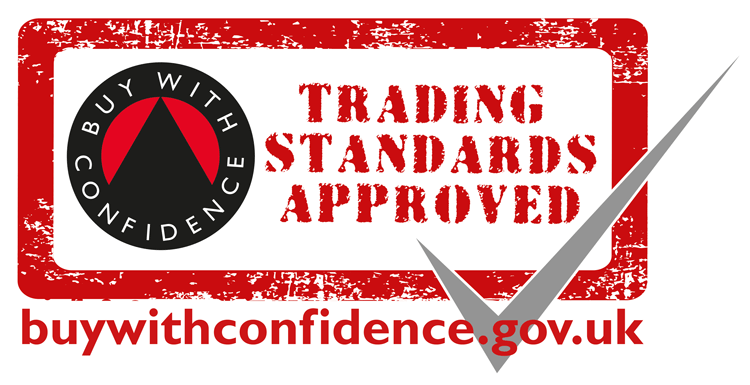Westwood Motor Group Carbon Reduction Plan
Vision & Goals
Vision: Become a leader in sustainable practices within the automotive industry by significantly reducing carbon emissions while maintaining excellent customer service and business growth. This Carbon Policy reflects our commitment to reducing carbon emissions and supporting the UKs goal of achieving net-zero emissions by 2050. It outlines our strategies for minimising our environmental impact whilst aligning with UK regulations, industry standards and the principles of sustainability.
Goals:
Achieve a 50% reduction in carbon emissions by 2030 (compared to 2023 baseline).
Achieve net-zero carbon emissions by 2040.
| 1. Establish a Carbon Footprint Baseline Baseline Emissions 2024 | |
| Emissions | Total (tCO2e) |
| Scope 1 | 68.19 |
| Scope 2 | 17.3 |
| Scope 3 | 870.51 |
2. Fleet Transition to Low-Carbon Alternatives
Short term (2025):
Increase the availability of hybrid and electric vehicles (EV) in the rental fleet.
Offer incentives for customers to select EVs over traditional internal combustion engines (ICE) vehicle.
Medium term (2030):
Transition 50% of our fleet to electric or other low-emission vehicles.
Collaborate with manufacturers to prioritize zero-emissions vehicle procurement.
Long Term (2040):
Achieve 100% electrification of fleet vehicles.
3. Energy efficiency in offices
Retrofit all facilities with energy efficient lighting (e.g. LED) and HVAC systems.
Install solar panel or switch to renewable energy suppliers.
Implement energy management systems to track and reduce electricity consumption.
Adopt water recycling systems for vehicle washing.
4. Sustainable operations & processes
Minimise waste in workshops and servicing departments by recycling oils, batteries and parts.
Reduce paper usage by digitizing all processes, such as contracts, invoices and brochures.
Switch to sustainable materials for dealership branding and promotions.
5. EV Infrastructure expansion
Invest in EV charging stations at all locations to support customer and our fleet.
Partner with local authorities or energy providers to expand public EV charging networks.
Train staff to provide expert advice on EV usage and charging options for customers.
6. Employee engagement and training
Provide regular training on sustainability practises and carbon reduction strategies.
sustainable commuting options (e.g cycle to work scheme, EV carpooling).
Reward teams for departments that consistently achieve carbon reduction goals.
7. Supply chain collaboration
Engage with suppliers to prioritise low carbon and sustainability sourced products.
Work with logistics partners to adopt greener transportation solutions (e.g. electric trucks or rail freight)
Set sustainability standards for third party contractors.
8. Customer education and collaboration
Promote EVs and hybrid options by providing education on their environmental and financial benefits.
Offer “green” packages for contract hire customers, including carbon offsets.
Develop a carbon neutral servicing program where emissions from repairs are offset.
9. Carbon offset investments
Partner with reforestation or renewable energy projects to offset unavoidable emissions.
Support local initiatives for biodiversity conservation and community greening projects.
Consider direct investment in carbon capture technologies as they mature.
10. Monitoring and reporting
Publish an annual sustainability report detailing progress toward carbon reduction goals.
Participate in industry sustainability certifications and initiatives.
Regularly update goals and strategies based on emerging technologies and best practises.
Phase 1: Immediate Actions (2025)
Objective: Establish the foundation for carbon reduction and initiate quick wins.
2023-2024: Planning and Setup
Conduct a full carbon footprint assessment (Scope 1, 2 and 3 emissions)
Establish a sustainability task force to oversee the plan.
Set up partnerships with EV manufacturers, renewable energy providers and environmental consultants.
Develop training programs for staff on sustainability and EV expertise.
2024-2025: Implementation
Transition at least 10% of the rental fleet to hybrid or electric vehicles.
Retrofit 50% of the offices with energy efficient lighting (e.g. LED)
Install EV charging stations in both offices.
Digitalise processes to reduce paper usage by 50%.
Begin offering incentives for customers choosing EVs in your fleet.
Publish the first annual sustainability report.
Phase 2: Building Momentum (2026-2030)
Objective: Significantly reduce emissions in key areas and expand EV availability.
2026-2028: Expansion
Transition 25% of the rental fleet to electric vehicles.
Install solar panels or switch to 100% renewable energy suppliers for 50% of facilities.
Roll out water recycling systems for vehicle washing across both sites.
Partner with local councils and third parties to install public EV charging stations near your locations.
Collaborate with suppliers to ensure at least 25% of products and parts are sourced sustainably.
2029-2030: Scaling up
Electrify 75% of the rental fleet.
Complete retrofitting of all offices with energy efficient system (e.g. HVAC upgrades)
Achieve 75% renewable energy usage across all faculties.
Offset 50% of remaining unavoidable emissions through reforestation or renewable energy investments.
Launch customer education campaigns on EV ownership, financing and environmental benefits.
Phase 3: Acceleration to Net-Zero (2031-2040)
Objective: Complete the transition to a low-carbon business and achieve net-zero.
2031-2035: Transition
Electrify 90% of the rental fleet.
Convert logistics vehicles to low emission or electric alternatives.
Partner with suppliers to achieve 50% sustainable sourcing for all products and parts.
Invest in emerging carbon capture and storage technologies.
Install solar panels at all facilities.
2036-2040: Net-Zero achievement
Electrify 100% of the rental fleet.
Offset 100% of unavoidable emissions through high quality carbon offset projects.
Use 100% renewable energy across all operations.
Achieve industry certifications for caron neutral operations.
Continue annual reporting and refine strategies based on technology advances.
Ongoing (Throughout the timeline)
Monitor progress and adjust goals as necessary.
Publish annual sustainability reports to track and communicate achievements.
Engage employees, customers and suppliers to build awareness and encourage collaboration.
Continuously assess emerging technologies (e.g. hydrogen vehicles, advanced batteries) for potential integration.





